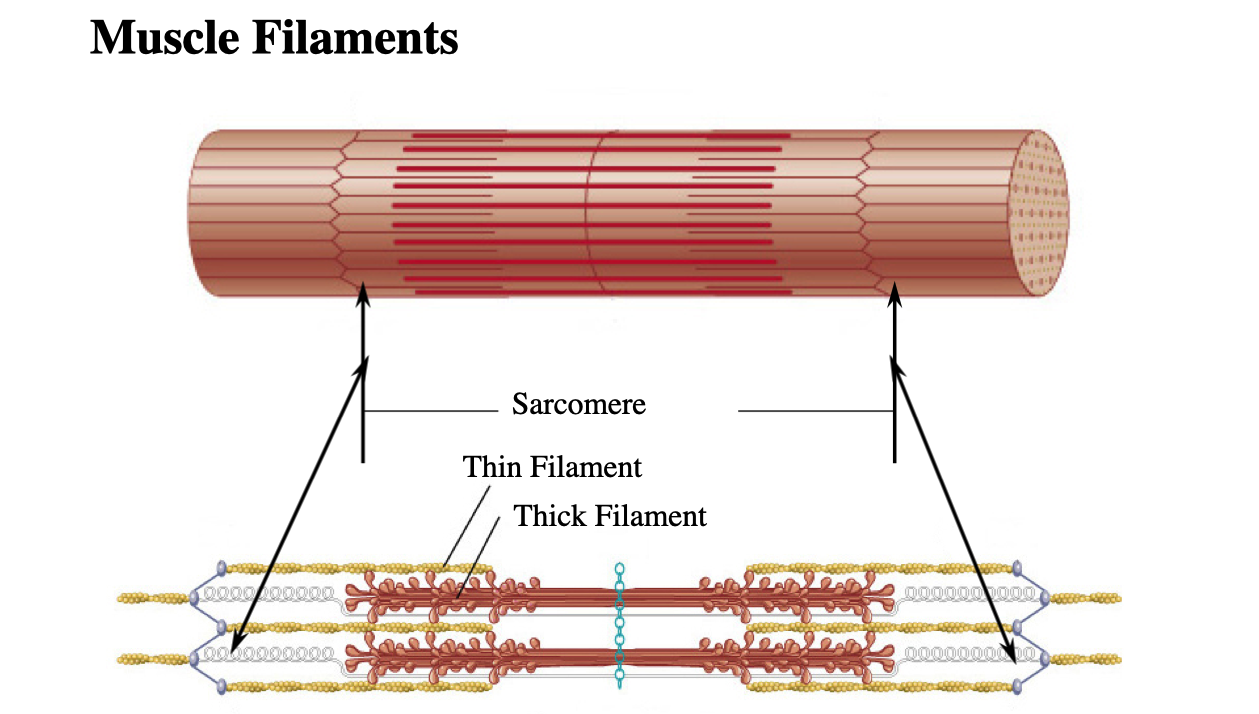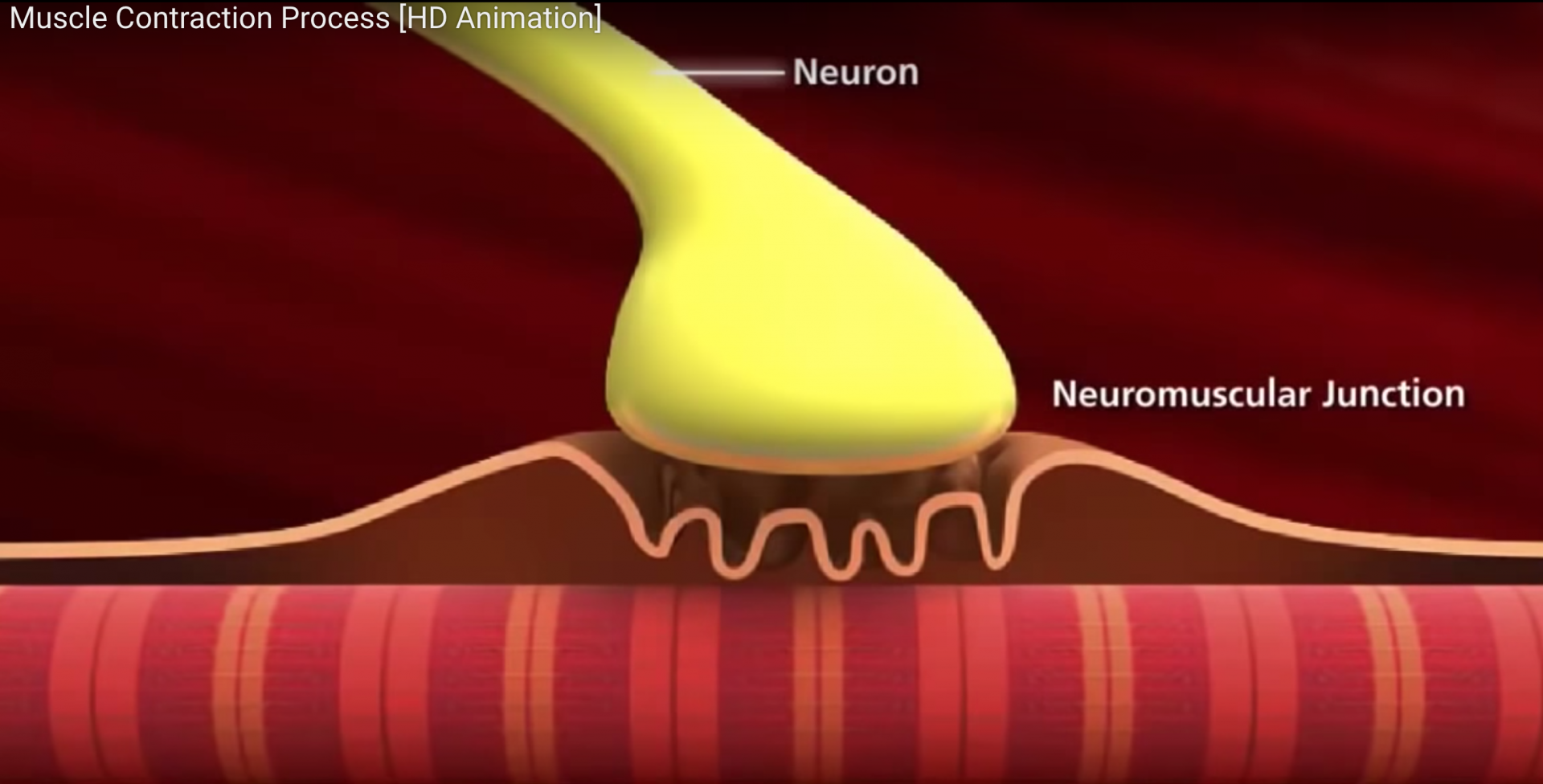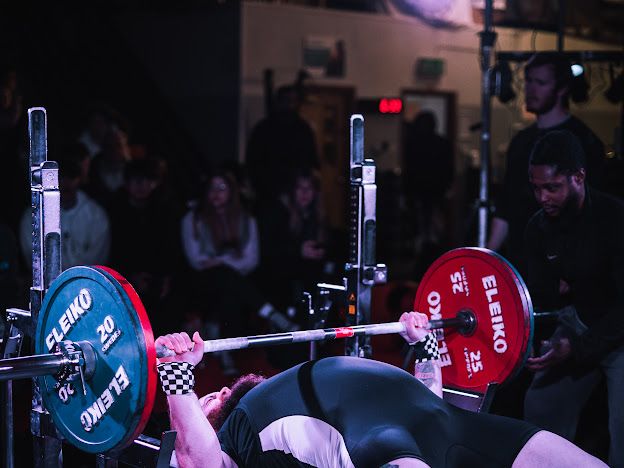The Science of Muscle Hypertrophy: A Guide for Trainers and Coaches
Muscle hypertrophy, the process of increasing the size of skeletal muscle through the growth of its component cells, is a key focus for sports scientists, advanced personal trainers, and strength and conditioning coaches. This article delves into the science behind triggering muscle hypertrophy, with a particular focus on mechanical tension and the role of muscle damage and metabolic stress.
The Mechanism of Muscle Hypertrophy
Muscle hypertrophy is primarily driven by three key factors: mechanical tension, muscle damage, and metabolic stress.
Mechanical tension is the 'load' or force that is placed on the muscle during resistance training. It is widely accepted as the primary driver of muscle hypertrophy. Research has shown that mechanical tension stimulates anabolic (muscle-building) pathways within the muscle cells, leading to protein synthesis and muscle growth .
Muscle damage, often experienced as soreness after a workout, was once thought to be a significant contributor to muscle hypertrophy. However, recent research suggests that muscle damage might actually be detrimental to muscle growth. This is because the repair process for muscle damage and muscle growth both utilise the same cellular resources. When these resources are used for repair, they are not available for growth.
Metabolic stress, caused by the accumulation of metabolic byproducts during intense exercise, has also been suggested as a factor in muscle hypertrophy. However, the research on this aspect is not as robust, and more studies are needed to fully understand its role.

High Threshold Motor Units
High threshold motor units (MUs) play a significant role in muscle hypertrophy. These motor units are typically composed of type II muscle fibres, which have the greatest potential for growth in response to strength training.
In the context of resistance training, the recruitment of motor units follows the size principle, where low threshold motor units are recruited first, followed by high threshold motor units. It is speculated that even more high excitability threshold MUs, composed predominantly of type IIx muscle fibres, are recruited when repetitions are performed to failure, possibly due to fatigue in MUs.
This increased recruitment of high threshold MUs is believed to result in maximal gains in muscle hypertrophy and strength on the target muscles.
Moreover, advancements in the decomposition of surface electromyographic (sEMG) signals recorded using multichannel electrode arrays have allowed the noninvasive assessment of the relationship between MU action potential amplitude (AP SIZE) and recruitment threshold (RT) before and immediately after an 8-week strength training intervention.
The findings suggest that the noninvasive, electrophysiological assessment of longitudinal changes to MU AP SIZE appears to reflect hypertrophy specific to MUs across the RT continuum.
The recruitment and activation of high threshold motor units are crucial for maximising muscle hypertrophy. Look out for the blog on the role of fatigue management and how this possibly changes which muscle fibres can be recruited.

Practical Applications in Training
Understanding the science of muscle hypertrophy allows us to apply these principles to training programs.
For example, to maximise mechanical tension, one could focus on lifting heavier weights with proper form. This would stimulate the anabolic pathways and promote muscle growth.
In terms of muscle damage, it might be beneficial to avoid training to the point of extreme soreness. As the resources used for repair could be better utilised for growth, it might be more beneficial to focus on recovery and nutrition to support muscle growth.
Here are two techniques you may want to try with a client. Thank you to S&C researcher Chris Beardsley for the idea of using drop sets and clusters. It is important to remember that form needs to be consistent for these to work as well as they can. This means working to a loss of form rather than complete failure.
Drop Sets
Drop sets are a resistance training technique where you perform a set of an exercise to failure, or near failure, and then reduce the weight and continue for more repetitions with no rest in between. The idea is to continue this process of reducing the weight and doing more reps until you've thoroughly exhausted the muscle.
Here's why drop sets could be beneficial for muscle hypertrophy:
1. High Mechanical Tension: Mechanical tension is one of the primary drivers of muscle hypertrophy. During a drop set, you start with a heavy weight that creates high mechanical tension in the muscle. As you reduce the weight and continue the set, you maintain a level of mechanical tension in the muscle, even as fatigue sets in. This prolonged tension can stimulate the muscle growth process.
2. Low Muscle Damage: While some muscle damage is necessary for hypertrophy, excessive damage can actually impair recovery and growth. Because drop sets involve reducing the weight as you fatigue, they may cause less muscle damage than sets performed with a consistently heavy weight. This could potentially allow for better recovery and growth over time.
3. Metabolic Stress: Drop sets are also known to cause significant metabolic stress, another factor that contributes to muscle hypertrophy. The accumulation of metabolic byproducts like lactate can stimulate the release of growth-promoting hormones, increase muscle cell swelling (which can stimulate growth), and cause other changes that promote hypertrophy.
4. Time-Efficient: Drop sets are a time-efficient way to increase training volume, another key factor in muscle hypertrophy. Because you're doing more work in a shorter amount of time, drop sets can be a good option for those looking to maximise their training efficiency.
Here is an example drop set using Bench Press for Hypertrophy.
1. Warm up with a light weight to prepare your muscles and joints for the work to come. This could be a set of 10-15 reps with just the bar or a light weight. (also lookout for the blog on warm-ups which might change this step for you!)
2. Load the barbell with the heaviest weight you can lift for 6-8 reps. This is your starting weight.
3. Perform a set of bench press with this weight, pushing to complete as many reps as you can without compromising form. Aim for 6-8 reps.
4. Immediately after finishing your set, reduce the weight by 20-30%. This could involve removing some plates from the barbell or switching to a lighter barbell.
5. Without resting, perform another set of bench press with the reduced weight, again pushing to complete as many reps as you can.
6. Repeat this process of reducing the weight and performing a set without rest 2-3 more times. Each subsequent set should be performed to the point of muscular fatigue.
7. Rest for 2-3 minutes before starting the next drop set.

Cluster Sets
Cluster sets are a resistance training technique where traditional sets are broken down into smaller "mini-sets", with short rest periods in between. For example, instead of doing 8 repetitions continuously, you might do 2 repetitions, rest for 20 seconds, do another 2 repetitions, rest again, and so on until you've completed 8 repetitions.
Here's why cluster sets could be beneficial for muscle hypertrophy:
1. High Mechanical Tension: Mechanical tension is a primary driver of muscle hypertrophy. Cluster sets allow for high levels of mechanical tension because the short rest periods enable you to use heavier weights than you could lift for a traditional set of the same total repetitions. This high tension can stimulate muscle growth.
2. Low Muscle Damage: While some muscle damage is necessary for hypertrophy, excessive damage can impair recovery and growth. Cluster sets may cause less muscle damage than traditional sets because the short rest periods allow for some recovery of the muscle between mini-sets. This could potentially allow for better recovery and growth over time.
3. Volume and Intensity: Cluster sets allow you to perform a greater volume of work at a high intensity, which is beneficial for muscle hypertrophy. The short rest periods enable you to maintain a high intensity (heavy weight) throughout the entire set, which might not be possible with traditional sets.
4. Metabolic Stress: While the rest periods in cluster sets might reduce metabolic stress compared to traditional sets, the overall metabolic stress could still be high if the total volume of work is high. Metabolic stress, caused by the accumulation of metabolic byproducts like lactate, can stimulate muscle growth.
5. Time-Efficient: Cluster sets can be a time efficient way to increase training volume and intensity, both of which are key factors in muscle hypertrophy.
Here is an example of a cluster set using squats for hypertrophy
1. Warm up with a light weight to prepare your muscles and joints for the work to come. This could be a set of 10-15 reps with just the bar or a light weight. (blog soon)
2. Load the barbell with a weight you can lift for 10 reps. This is your working weight.
3. Perform a set of 5 reps with this weight.
4. Rest for 15-30 seconds. This short rest period is the "cluster" part of the set.
5. After the short rest, perform another set of 5 reps with the same weight.
6. Rest for 2-3 minutes. This completes one cluster set.
7. Repeat this process for 3-5 total cluster sets.

Other aspects to consider in Hypertrophy Training
Neural Stimulus
Recent research has highlighted the role of the neural stimulus in regulating muscle hypertrophy. A study by Alix-Fages et al. (2021) found that the nervous system plays a crucial role in muscle adaptation and growth. This suggests that incorporating training techniques that target the nervous system, such as plyometrics or high intensity interval training (HIIT), could potentially enhance muscle hypertrophy.
Muscle Recruitment
Understanding which muscle is working hardest in a movement is crucial for predicting hypertrophy and optimising training. This is because the muscle that is subjected to the highest mechanical tension is the one that will experience the most significant hypertrophy.
According to Schoenfeld (2010), mechanical tension, muscle damage, and metabolic stress all play a role in exercise-induced muscle growth.
Therefore, knowing which muscle is under the most tension during a specific exercise can help target training to stimulate hypertrophy in that muscle.
Moreover, the balance between different muscles during a movement can impact the distribution of mechanical tension. As explained by Maillet et al. (2013), different endocrine effectors and signaling pathways regulate physiological hypertrophy, which can be influenced by the distribution of mechanical tension.
In addition, Guadalupe-Grau et al. (2009) highlight that exercise modalities requiring high forces have the greatest osteogenic potential. This implies that exercises that put high mechanical tension on specific muscles can stimulate both bone and muscle growth.
Furthermore, Gea et al. (2013) discuss how different factors, including mechanical tension, can induce modifications in the local microenvironment of muscles, affecting their structure and function.
This further emphasises the importance of understanding which muscle is working hardest in a movement.
Finally, Samozino et al. (2012) argue that high ballistic performances are determined by both the maximisation of power output capabilities and the optimisation of the force-velocity mechanical profile of the neuromuscular system.
This suggests that understanding which muscle is exerting the most force during a movement can help optimise training for hypertrophy.
Your ability to see a movement in detail, and then be able to identify when a movement changes, is important for the trainer helping a client develop specific muscle hypertrophy. The subtle change in movement should tell the trainer to stop the exercise, but without the eyes to see this, then it easy to miss.
We teach a course called the HMAC course which is a field based biomechanics course, designed to help you see all 6 potential bone movements, the sequence they occur in, the joint change, the muscle reaction and all collectively without needing to film the motion.
Conclusion
This blog post can be boiled down simply to this,
- Hypertrophy is an increase in contractile units within muscle fibres
- Increases in the contractile units can be laid down at each end of the muscle fibre, or on top of the current muscle fibre
- Although there is debate about how muscle hypertrophy is stimulated the best research points to mechanical stress
- It seems feasible based on what we know to try and elicit enough mechanical tension to stimulate growth with as little tissue damage as possible
- If an exercise technique changes then muscle recruitment will as well, so this should signal a coach intervention to stop, unload or correct form.
- When an exercise involves multiple joints and muscles, it is the muscle that fatigues first that will adapt most and so this should be factored into the programme design
This blog post is the best I know at the time of writing, and is based on the research I eventually read after working my way through opinion, social media, blogs, books and eventually quality papers. Below is a list of some of the resources I used that I encourage you to read to start your research journey.
FASTER is built on delivering the systems and tools to help our students find and use the latest research for their clients, this is a look at hypertrophy using research, however, it is not a FASTER system and so if you know more, know different or disagree, then we would love to hear from you and feel honoured by the fact you would spare the time and enter the debate. If you want to feel more confident reading papers and then applying that to your clients then you should consider the MSAS programme we run.
Reading
Alix-Fages, C., Del Vecchio, A., Baz-Valle,E., Santos-Concejero, J., & Balsalobre-Fernández, C. (2021). The role of the neural stimulus in regulating skeletal muscle hypertrophy.
Egan, B., & Zierath, J. R. (2013). Exercise Metabolism and the Molecular Regulation of Skeletal Muscle Adaptation.
Tirziu, D., Giordano, F. J., & Simons, M. (2010). Cell Communications in the Heart.
Saxton, R. A., & Sabatini, D. M. (2017). mTOR Signaling in Growth, Metabolism, and Disease.
Haberland, M., Montgomery, R. L., & Olson, E. N. (2009). The many roles of histone deacetylases in development and physiology: implications for disease and therapy.
Crabtree, G. R., & Olson, E. N. (2002). NFAT Signaling.
Alix-Fages, C., Del Vecchio, A., Baz-Valle, E., Santos-Concejero, J., & Balsalobre-Fernández, C. (2021). The role of the neural stimulus in regulating skeletal muscle hypertrophy.
Egan, B., & Zierath, J. R. (2013). Exercise Metabolism and the Molecular Regulation of Skeletal Muscle Adaptation.
Pope, Z., Hester, G. M., Benik, F. M., & DeFreitas, J. M. (2016). Action potential amplitude as a noninvasive indicator of motor unit-specific hypertrophy. doi:10.1152/jn.00039.2016
Nóbrega, S. R., & Libardi, C. A. (2016). Is Resistance Training to Muscular Failure Necessary? doi:10.3389/fphys.2016.00010
Pope, Z., Hester, G. M., Benik, F. M., & DeFreitas, J. M. (2016). Action potential amplitude as a noninvasive indicator of motor unit-specific hypertrophy. doi:10.1152/jn.00039.2016
Nóbrega, S. R., & Libardi, C. A. (2016). Is Resistance Training to Muscular Failure Necessary? doi:10.3389/fphys.2016.00010